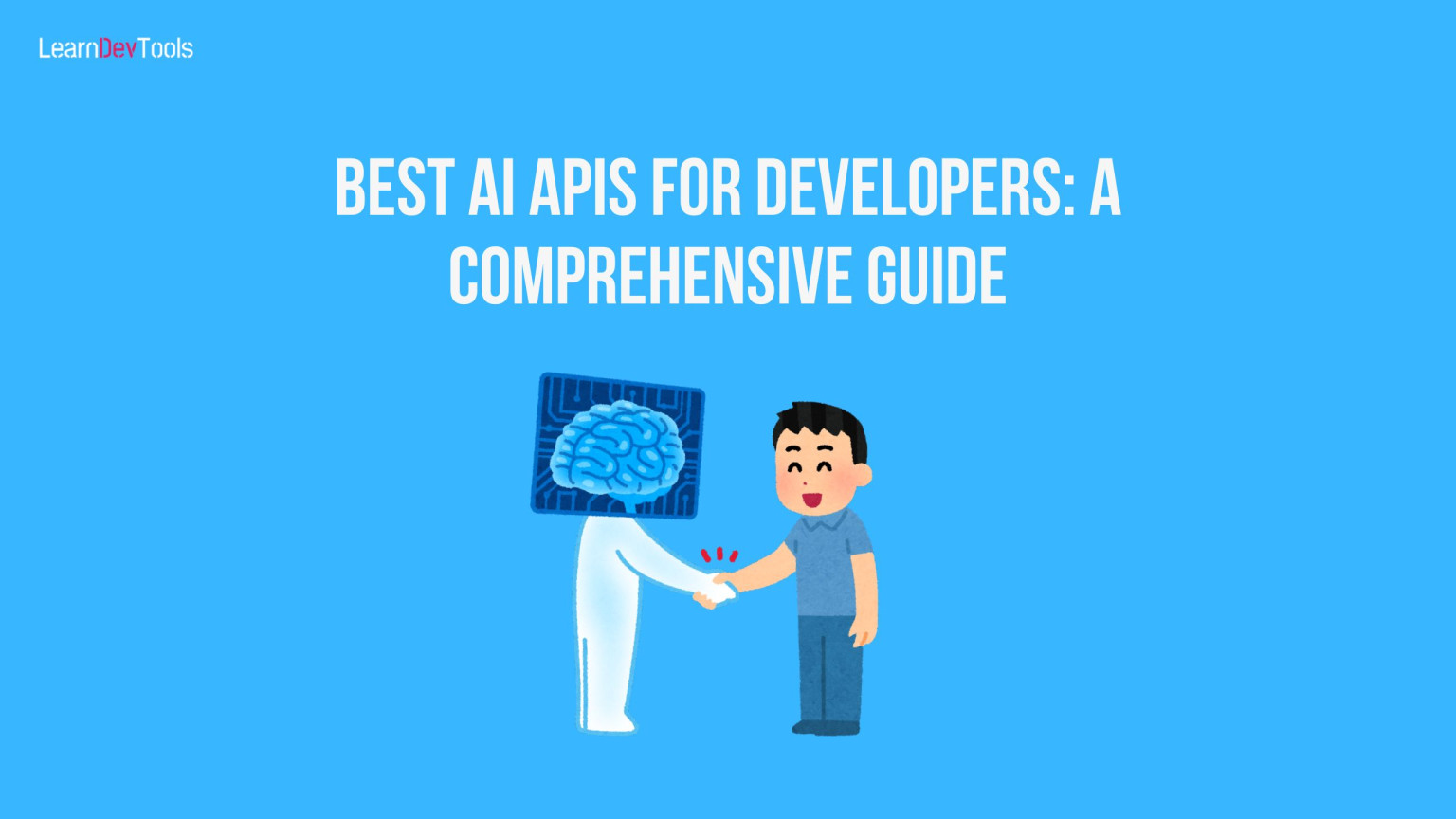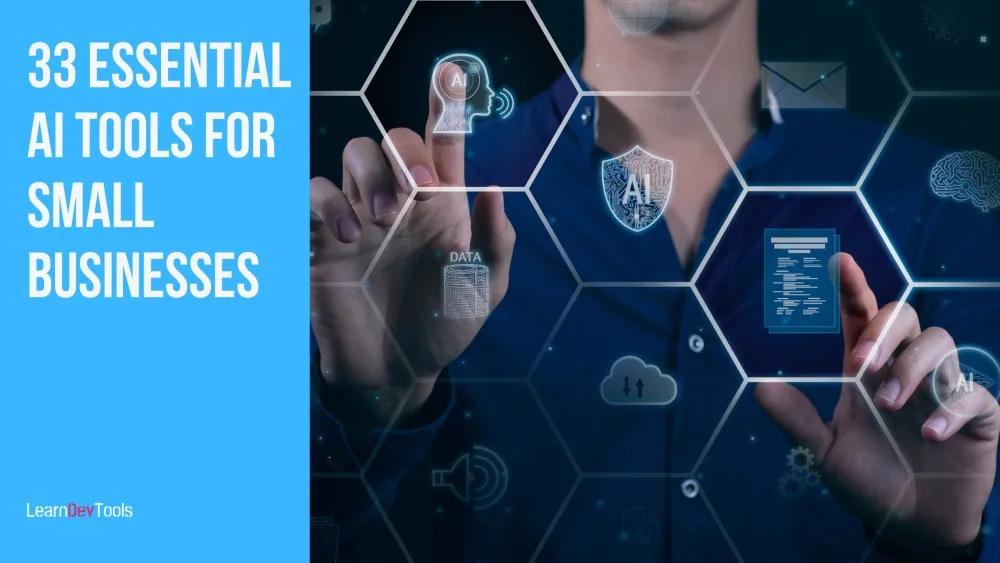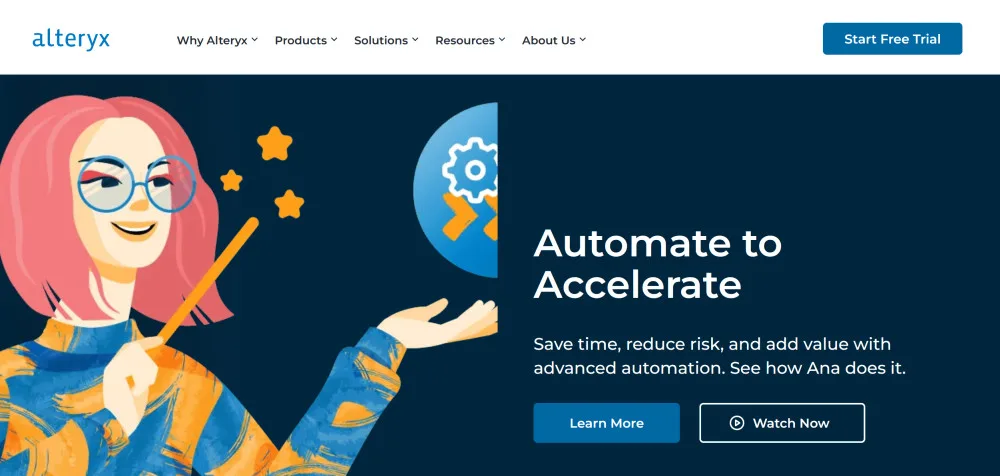Artificial Intelligence (AI) is transforming the way we develop software, offering powerful tools that can handle complex tasks such as natural language processing, image recognition, and predictive analytics. For developers, AI APIs are a gateway to leveraging these capabilities without needing to build models from scratch. In this post, we’ll explore some of the best AI APIs available today for developers, discuss the benefits of using these APIs, and also consider some potential disadvantages.
Best AI APIs for Developers
Natural Language Processing(NLP) AI APIs
1. OpenAI GPT-3/GPT-4
OpenAI’s GPT-3 and GPT-4 are cutting-edge language models known for their advanced natural language understanding and generation capabilities. These models can generate coherent, contextually relevant text based on a given input, making them suitable for a wide range of applications. GPT-3, with 175 billion parameters, was the largest language model of its time, offering unparalleled text generation quality. GPT-4 further enhances these capabilities with improved accuracy, understanding, and generation, capable of handling more complex queries and producing even more human-like text.
Use Cases
GPT-3 and GPT-4 are versatile and can be used for creating chatbots, virtual assistants, automated content generation, language translation, and summarization. They are also effective in generating creative writing, coding assistance, and even providing educational content. The ability to understand context and generate text that mimics human conversation makes them ideal for customer service applications.
Link: OpenAI
2. Google Cloud Natural Language API
Google Cloud’s Natural Language API offers a comprehensive set of tools for analyzing and understanding text. It provides functionality for sentiment analysis, entity recognition, syntax analysis, and content classification. The API is designed to help developers integrate powerful text analysis capabilities into their applications without needing deep expertise in machine learning. By leveraging Google’s robust machine learning models, this API can process and extract meaningful insights from unstructured text data.
Use Cases
This API is widely used in applications that require sentiment analysis, such as customer feedback systems and social media monitoring. It is also useful for extracting entities like names, organizations, and locations from text, making it valuable for data mining and information retrieval tasks. Syntax analysis capabilities help in understanding the grammatical structure of sentences, which can be useful in linguistic research and natural language understanding applications.
Link: Google Cloud NLP
3. Microsoft Azure Text Analytics API
The Azure Text Analytics API, part of Microsoft’s Cognitive Services suite, provides robust natural language processing capabilities. It offers services such as sentiment analysis, key phrase extraction, language detection, and named entity recognition. The API is designed to help developers build applications that can process and analyze text data efficiently, leveraging Microsoft’s advanced machine learning models.
Use Cases
The Text Analytics API is ideal for applications that need to analyze large volumes of text data to extract meaningful insights. It is commonly used for sentiment analysis in customer feedback systems, allowing businesses to gauge customer satisfaction. Key phrase extraction helps in summarizing documents and identifying important topics. Language detection is useful in multilingual applications, while named entity recognition can be used in information extraction and data mining.
Link: Microsoft Azure
Computer Vision
4. Google Cloud Vision API
Google Cloud Vision API offers powerful image analysis capabilities, including object detection, OCR (Optical Character Recognition), and image classification. The API leverages Google’s deep learning models to understand and analyze the content of images. It can detect objects, landmarks, logos, and faces, and can classify images into thousands of predefined categories. The OCR feature allows developers to extract text from images, making it useful for document processing applications.
Use Cases
The Vision API is widely used in applications that require image recognition and analysis. It is ideal for tagging and categorizing images in large datasets, extracting text from scanned documents, and detecting objects in real-time for security and surveillance applications. The ability to recognize faces and emotions also makes it suitable for social media and marketing analytics.
Link: Google Cloud Vision
5. Microsoft Azure Computer Vision API
Microsoft Azure’s Computer Vision API provides a comprehensive suite of tools for analyzing visual content. It offers image tagging, OCR, and face detection capabilities. The API can generate descriptions of images, recognize celebrities, and analyze the content of images to detect objects and scenes. It also supports handwriting recognition, making it useful for digitizing handwritten notes and documents.
Use Cases
This API is commonly used in applications that need to analyze and understand visual content. It is ideal for automating image tagging and categorization, extracting text from images for document processing, and detecting faces for authentication and security purposes. The ability to generate image descriptions and recognize celebrities also makes it useful for enhancing accessibility and providing rich media experiences.
Link: Microsoft Azure CV
6. Amazon Rekognition AI API
Amazon Rekognition is a powerful image and video analysis service that uses deep learning to detect objects, scenes and faces in images and videos. It can analyze emotions, activities, and even detect inappropriate content. Rekognition also offers facial recognition capabilities, allowing developers to build applications that can verify identities and search for faces in large image collections.
Use Cases
Rekognition is widely used in security and surveillance applications, where it can detect and recognize faces in real time. It is also used in media and entertainment for analyzing video content, detecting scenes and activities, and ensuring content compliance. Marketing and customer engagement applications benefit from emotion detection and demographic analysis.
Link: AWS Rekognition
Speech Recognition and Synthesis
7. Google Cloud Speech-to-Text API
Google Cloud’s Speech-to-Text API converts audio to text using advanced machine learning models. It supports multiple languages and can handle various audio formats. The API is designed to work in real-world conditions, including noisy environments, making it suitable for applications that require accurate transcription of spoken words. It also offers real-time streaming capabilities, enabling live transcription.
Use Cases
This API is ideal for transcribing meetings, interviews, and phone calls. It is also used in voice-controlled applications, allowing users to interact with devices and services using natural language. The real-time streaming capability makes it suitable for live captioning and broadcasting applications. Additionally, it can be used in customer service applications to transcribe and analyze customer interactions.
Link: Google Cloud STT
8. Microsoft Azure Speech API
Azure’s Speech API offers comprehensive speech services, including speech-to-text, text-to-speech, and speech translation. The speech-to-text service converts spoken language into text, supporting multiple languages and dialects. The text-to-speech service converts written text into natural-sounding speech, with options for different voices and languages. The speech translation service enables real-time translation of spoken language, facilitating multilingual communication.
Use Cases
The Speech API is widely used in voice-enabled applications, such as virtual assistants and voice-controlled devices. It is also used in accessibility applications to convert text content into spoken word for visually impaired users. The real-time speech translation capability is valuable in international business and travel, enabling seamless communication across language barriers.
Link: Microsoft Azure Speech
9. Amazon Transcribe AI API
Amazon Transcribe is an automatic speech recognition (ASR) service that converts speech to text. It supports various audio formats and can handle different dialects and background noise. Transcribe provides features such as speaker identification, punctuation, and custom vocabulary, making it suitable for a wide range of applications.
Use Cases
This API is commonly used for creating transcriptions of customer service calls, meetings, and interviews. It is also used for generating captions for videos, improving accessibility, and enabling content search and analysis. The speaker identification feature is valuable in multi-speaker environments, such as conference calls and podcasts.
Link: AWS Transcribe
Machine Learning Platforms
10. Google Cloud AutoML
Google Cloud AutoML provides a suite of machine learning tools that allow developers to build custom models without extensive expertise in machine learning. AutoML offers solutions for vision, language, and structured data, enabling developers to train models on their own datasets. The platform uses Google’s advanced machine learning algorithms to automate the process of model training and optimization.
Use Cases
AutoML is ideal for developers who need to create custom machine learning models tailored to their specific needs. It is commonly used in image recognition applications, where it can classify images into custom categories. In natural language processing, it can be used to build custom text classifiers and sentiment analysis models. AutoML is also used for predictive analytics and anomaly detection in structured data.
Link: Google Cloud ML
11. Microsoft Azure Machine Learning
Azure Machine Learning is a comprehensive service that provides tools for building, training, and deploying machine learning models. It supports a wide range of machine learning frameworks and tools, including TensorFlow, PyTorch, and scikit-learn. The platform offers automated machine learning capabilities, as well as support for custom model development and deployment.
Use Cases
Azure Machine Learning is used in a variety of applications, including predictive analytics, anomaly detection, and recommendation systems. It is commonly used in industries such as finance, healthcare, and retail, where machine learning can provide valuable insights and improve decision-making. The platform’s scalability and integration with other Azure services make it suitable for large-scale machine learning projects.
Link: Microsoft Azure ML
12. Amazon SageMaker
Amazon SageMaker is a fully managed service that provides tools for building, training, and deploying machine learning models. SageMaker supports a wide range of machine learning frameworks and tools, and offers features such as automatic model tuning, model hosting, and real-time predictions. The platform is designed to simplify the machine learning workflow, from data preparation to model deployment.
Use Cases
SageMaker is widely used for developing machine learning models in various industries, including finance, healthcare, and manufacturing. It is commonly used for predictive maintenance, fraud detection, and personalized recommendations. The platform’s scalability and integration with other AWS services make it suitable for large-scale machine learning projects.
Link: AWS SageMaker
Others
13. IBM Watson
IBM Watson offers a suite of AI services, including natural language processing, visual recognition, and machine learning. Watson’s services are designed to help developers build AI-powered applications that can understand, reason, and learn from data. The platform provides tools for text analysis, speech recognition, image analysis, and custom machine learning model development.
Use Cases
Watson is used in a variety of applications, including customer service, healthcare, and financial services. It is commonly used for building chatbots and virtual assistants, analyzing customer feedback, and automating business processes. Watson’s visual recognition capabilities are used in applications such as image tagging and facial recognition. The platform’s machine learning tools are used for predictive analytics and anomaly detection.
Link: IBM Watson
14. Clarifai
Clarifai provides a suite of AI-powered image and video recognition tools. The platform offers capabilities such as object detection, image classification, and visual search. Clarifai’s models are designed to understand and analyze visual content, making it suitable for a wide range of applications. The platform also offers custom model training, allowing developers to create models tailored to their specific needs.
Use Cases
Clarifai is commonly used in applications that require image and video analysis, such as content moderation, visual search, and facial recognition. It is also used in marketing and advertising, where it can analyze visual content to understand audience preferences and engagement. The platform’s custom model training capabilities make it suitable for specialized applications, such as medical image analysis and industrial inspection.
Link: Clarifai
Benefits of Using AI APIs for Developers
1. Time Efficiency
Rapid Development: AI APIs allow developers to integrate sophisticated functionalities into their applications quickly, reducing development time.
Focus on Core Features: Developers can focus on the unique aspects of their applications without spending time on complex AI model development.
2. Cost Savings
Reduced Development Costs: Building and training AI models from scratch can be expensive. AI APIs offer a cost-effective alternative.
Scalability: Many AI APIs are hosted on scalable cloud platforms, allowing developers to handle varying workloads without significant investment in infrastructure.
3. Access to Advanced Technologies
State-of-the-Art Models: AI APIs provide access to cutting-edge models developed by leading AI research organizations.
Continuous Improvement: These APIs are frequently updated with the latest advancements in AI, ensuring that developers have access to the best tools available.
4. Ease of Use
Simple Integration: Most AI APIs come with comprehensive documentation and easy-to-use SDKs, making integration straightforward.
Support and Community: Large companies providing these APIs often offer robust support and have active communities for troubleshooting and sharing knowledge.
Disadvantages of Using AI APIs for Developers
1. Cost
Usage Fees: While AI APIs can be cost-effective, heavy usage can lead to significant expenses, especially for startups and small businesses.
Hidden Costs: There might be additional costs associated with data storage, bandwidth, and API calls.
2. Dependency on Third-Party Providers
Reliability: Dependence on external services means developers are vulnerable to outages and downtimes of the API providers.
Control: Developers have limited control over the API, including updates and changes that might affect their applications.
3. Data Privacy and Security
Data Handling: Using AI APIs involves sending data to third-party servers, raising concerns about data privacy and security.
Compliance: Developers need to ensure that their use of AI APIs complies with data protection regulations like GDPR.
4. Limited Customization
Generic Solutions: AI APIs offer generalized solutions that might not perfectly fit the specific needs of an application.
Customization Constraints: While some APIs offer customization options, they are often limited compared to building a custom model.
Conclusion
AI APIs offer a powerful toolset for developers, enabling rapid integration of advanced functionalities such as natural language processing, image recognition, and machine learning. While the benefits of using AI APIs—such as time efficiency, cost savings, access to advanced technologies, and ease of use—are substantial, developers should also be aware of the potential disadvantages, including costs, dependency on third-party providers, data privacy concerns, and limited customization options.
By carefully selecting the right AI APIs and balancing their advantages and disadvantages, developers can harness the power of artificial intelligence to build innovative and effective applications.








